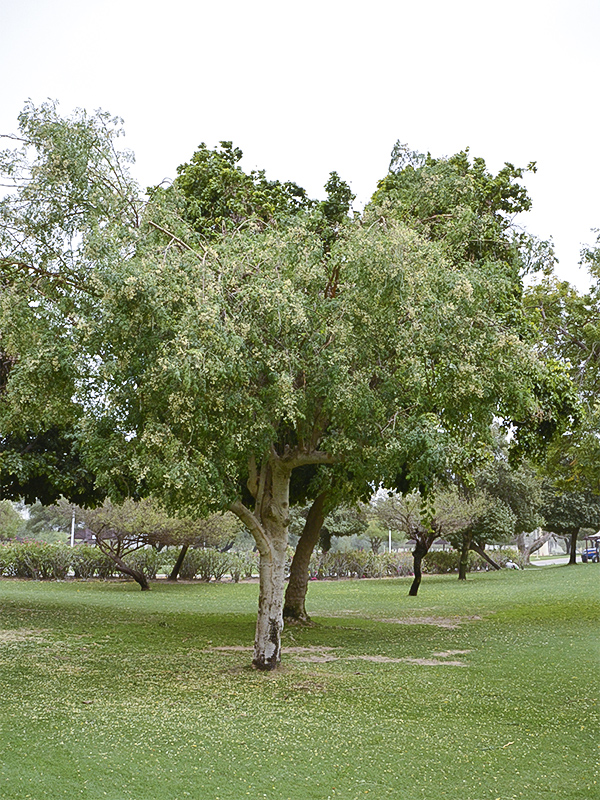
Tropicals, Woody > Tamarindus > Tamarindus indica > Tamarindus indica
Tamarindus indica
Tamarind
Origin: Tropical Africa.
| Family |
| Fabaceae |
| Genus |
| Tamarindus |
| Species |
| indica |
| Category |
| Tropicals, Woody |
| Type |
| Tree (deciduous) |
| USDA Hardiness Zone |
| 10 - 11 |
| Canadian Hardiness Zone |
| Requires cool season preotection under glass. |
| RHS Hardiness Zone |
| H1c - H2 |
| Temperature (°C) |
| 6 |
| Temperature (°F) |
| 45 |
| Height |
| up to 30 m |
| Spread |
| 7 - 12 m |
Photographs
Description and Growing Information
Flowering Period
| Landscape |
| Fruit tree, accent tree, mass plantings, large tropical landscapes, warm climate landscapes, warm city and courtyard gardens or as a specimen. |
| Cultivation |
| Plant in full sun to partial shade in warm, moist, well-draining, slightly acidic soil rich in nutrients. |
| Shape |
| Large rounded crown. |
| Growth |
| Medium |
| Habitat |
| Tropical woodlands. |
| Bark/Stem Description |
| Smooth woody bark with occasional vertical scars along the trunk. New growth and leaf stems are smooth, slightly waxy and glabrous. |
| Leaf Description |
| Small, obovate oppositely-arranged leaves that grow along vine-like leaf stems and branches. |
| Flower Description |
| Small inconspicuous flowers in terminal clumped tufts. |
| Fruit Description |
| Seed pod tamarind fruit that, when young, are fresh and vivid. When mature, the husk darkens and hardens into a woody consistency, further exposing the large bean-like seeds inside. |
| Colour Description |
| Medium green to emerald green foliage. Leaf stems are light to pale green. Bark and mature branches are a pale grey-tan colour. Flowers are a pale greenish-yellow. Tamarind fruit, when young, are shades of yellow-green with tinges of red. When mature, the fruit husks brown and expose the black seeds inside. |
| Texture Description |
| Medium. |
| Propagation |
| Seed. |
| Ethnobotanical Uses (Disclaimer) |
| Used to soothe inflammations such as sore throats and sprains. Used in sauces, pastes and a seasoning for food. Delicious as a snack. |


